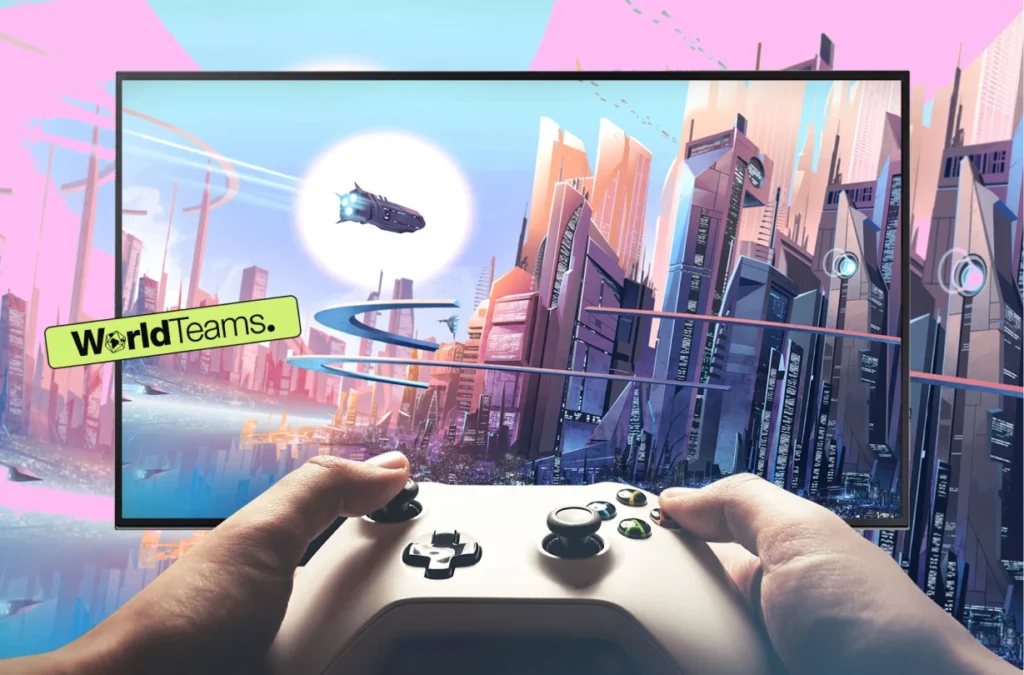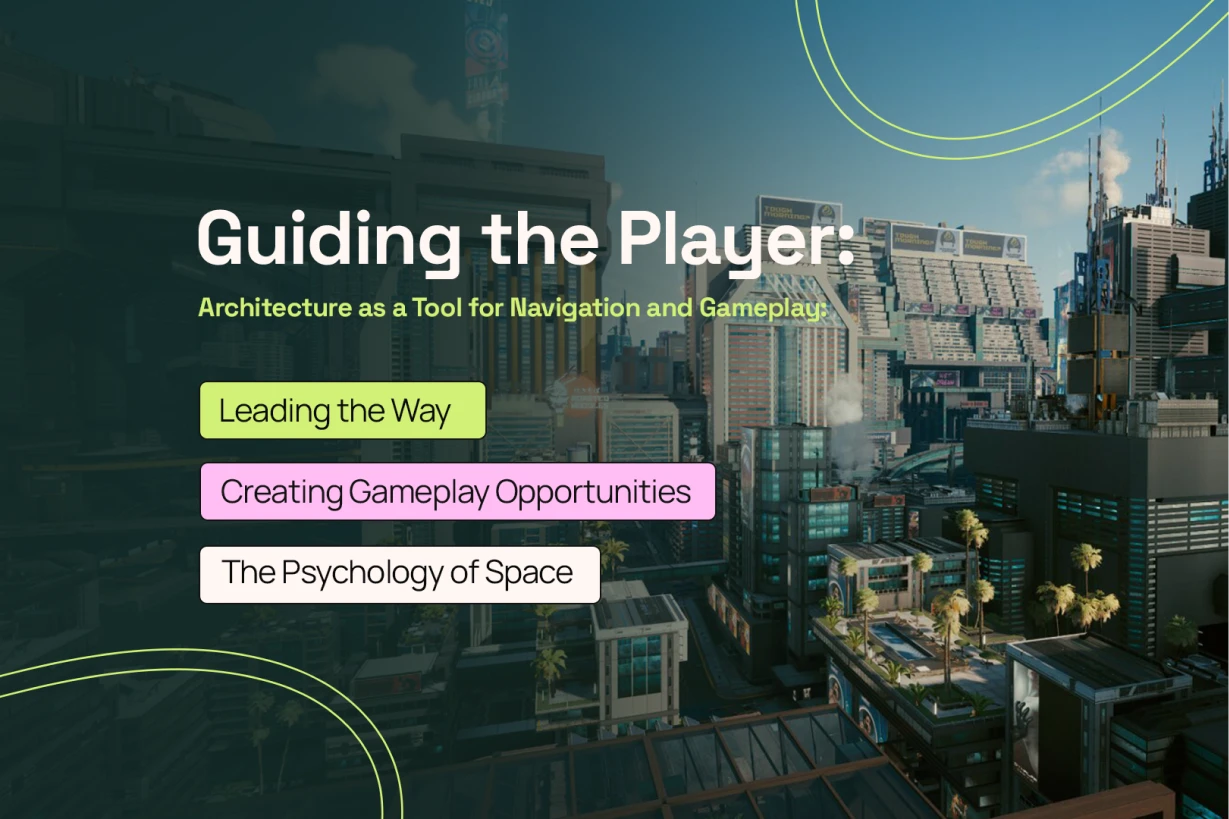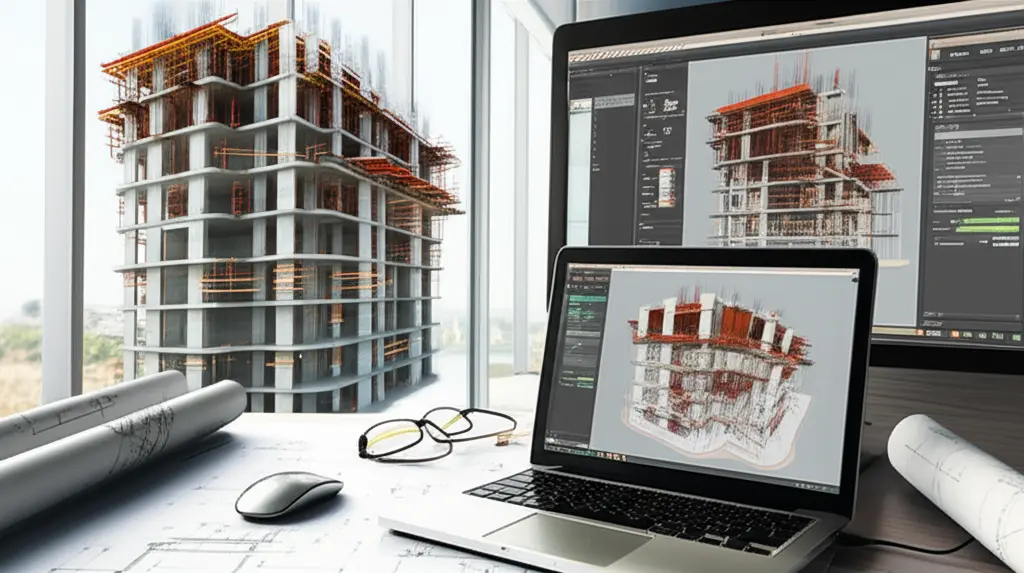Architecture and Video Games: From Virtual Cities to Futuristic Landscapes

The realm of video games has evolved into an expansive platform for creativity, storytelling, and immersive experiences. While gameplay, narrative, and character development often take center stage, a less-discussed element plays a crucial role in shaping the player’s journey: architecture. From sprawling cities to desolate wastelands, the buildings and environments we encounter in video games contribute to our understanding of the game world and influence how we interact with it.
This article explores the intricate relationship between architecture and video games, highlighting how architectural principles translate into captivating digital experiences.
The Language of Space: Conveying Meaning Through Design
Architecture, in both the real and virtual worlds, communicates meaning through its form, materials, and spatial organization. Video game designers utilize these same principles to create environments that inform the player’s understanding of the game world and guide their actions.

Guiding the Player: Architecture as a Tool for Navigation and Gameplay
Beyond aesthetics, architecture plays a functional role in shaping the player’s journey and influencing gameplay.

Real-World Practices, Virtual Applications
Interestingly, many real-world architectural practices have direct parallels in video game design.
Adaptive Reuse
Just as architects are increasingly turning to adaptive reuse to give old buildings new life, game developers frequently repurpose existing assets and environments. Modifying them to fit new narratives or gameplay mechanics not only saves time and resources but also adds a layer of familiarity and depth to the game world.
Outsourcing Expertise
The architectural profession, like the gaming industry, is embracing outsourcing to tap into specialized skills and streamline workflows. Whether it’s 3D modeling, texture creation, or level design, game studios rely on experts worldwide, mirroring the collaborative nature of architectural projects.
The Future of Architecture and Video Games:
As technology advances and the lines between the real and virtual worlds continue to blur, the relationship between architecture and video games is poised to deepen.
Virtual Reality (VR) and Augmented Reality (AR)
These emerging technologies offer exciting new possibilities for experiencing architecture in interactive and immersive ways. Imagine exploring a virtual city designed by a renowned architect or using AR to overlay digital architectural plans onto a real-world construction site.
Games as Architectural Tools
Video games have the potential to become powerful tools for architectural design and visualization. Their ability to create interactive 3D environments could revolutionize how architects present their ideas to clients and the public, making complex designs more accessible and engaging.

Conclusion
Architecture, often overlooked in discussions of video games, plays a pivotal role in shaping the player experience. From guiding our movement to influencing our emotions, architecture in video games serves as a powerful tool for storytelling, world-building, and gameplay. As technology advances and the lines between physical and digital realms continue to blur, we can expect to see even more innovative and exciting intersections between the worlds of architecture and video games.
Hit Us Up!
WorldTeams is here to act as much more than an external HR department. We’ll help you hire architects from around the world who will help you gain more projects, scale your company intelligently, and maintain your reputation.
We’ll make it easy, quick, and much more cost-effective for you without compromising anything in the process. You can triple your costs while keeping profits down and get started in less than a week.
Contact us for a free consultation and start your architectural outsourcing journey today! You won’t regret it!









